By Stephen A. Camp
“Grip” actually refers to the grasping of the handgun by the shooter. The “handles” are more accurately called “stocks”, but the term “grip” is most commonly used. In this discussion I will use the more common term.
With the small frame S&W snubs, we find a handgun intended to be concealed as either a primary or backup weapon. Sights don’t come close to those used for target work and the original grips were meant to aid in the gun’s diminutive size.
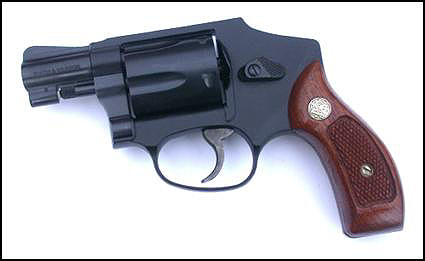
The classic J-frame walnut grips are easy to conceal and do not lend themselves to “printing” if the gun is worn in a belt holster under the jacket. They are also small enough to allow for dropping into a jacket pocket or via a pocket holster. They are also prone to allowing the gun to shift during recoil, particularly in rapid-fire. I have never been able to do my best using these grips. They cover neither the front or rear grip straps and are the same width and height as the gun’s frame. Everything that could be done was done to make the gun as “invisible” as possible. Unfortunately, controllability suffered. The only concession to aiding stability was that the grips were checkered.
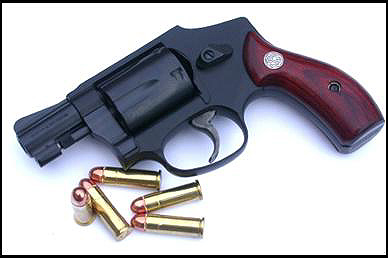
A common and still surprisingly good solution to this malady comes in the form of a “grip adapter.” For years Smith & Wesson, Pachmayr, and Tyler offered these add on parts. I know that Tyler still does today.
Installation is simple; loosen the grips and slide the metal tabs at the rear of the grip adapter between them and the frame. Tighten the grip screws and you’re done.
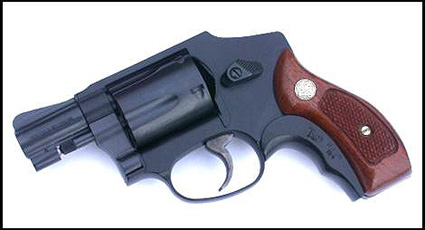
For those interested in grip adapters, Tyler Manufacturing has a site located at: http://www.t-grips.com/
The problem is that grip adapters can cost as much as some entire sets of synthetic grips! These are offered for both square and round butt frames as well as J, K, L, and N-frame S&W revolvers.
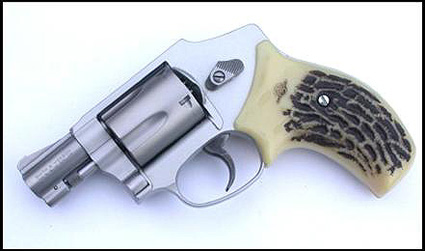
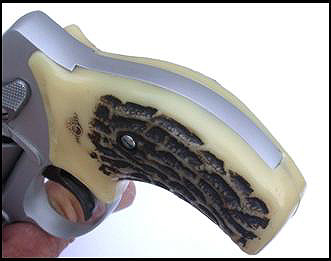
It is my view that the J-frame snub best serves as a concealed carry gun. For me these grips are just a bit large for pocket carry. For use with either an IWB or conventional belt holster, they present no problems. For a snub carried primarily in the glove box or for home defense, their size is a non-issue. They do tame much of the little Airweight Smith’s buck!
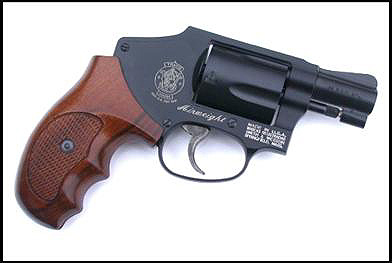
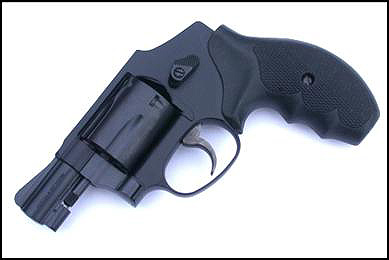
Obviously, some sort of compromise is in order. We need a grip that offers adequate control, but we also do not want to unduly sacrifice the ability to conceal.

As you may have guessed, I prefer the Uncle Mike rubber boot grip to all others. I’ve found it to provide both comfort and control and it has proven durable over several years of daily carry. They are not nearly so nice as the original wooden boot grips from Mr. Spegel, but neither do they cost as much.
The Uncle Mike’s boot grip has been standard on the S&W J-frame .38’s for several years now and this is one decision that S&W has made that I agree with.
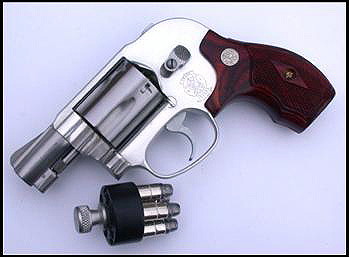
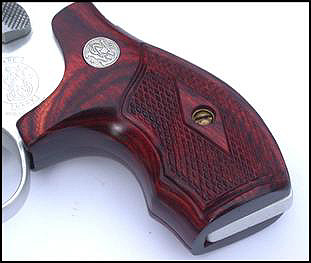
So which is best? I cannot say which is best for another person, but have tried to point out strong and weak points (as I see them) on the several types of grips available for the snub. What feels best to me possibly will not to the next guyor gal. It remains my opinion that for a “carry gun”, the wisest choice remains grips that offer comfort, adequate control in firing, and concealability. For the J-frame not primarily carried, it makes no difference. However, in such cases I suggest going to a weapon that offers advantages that the J-frame does not. Without exception, my J’s are the aluminum frame Airweight version. These are superb for carry, but reduced weight does mean more felt recoil. I find their lightweight to be significantly more comfortable for pocket carry. While they are not as light as some newer offerings, neither are there limitations on what ammunition can be used without causing the gun to malfunction. I can use my preferred LSWCHP +P ammunition without worry that a bullet will unseat, protrude from the cylinder and jam the gun. The even-lighter S&W J-frames require the use of jacketed ammunition to prevent this. I tried an “experiment” using lead factory ammunition to see how true this proviso might be; I fired 4 shots before the revolver jammed as described above. It’s my observation that the aluminum J-frames are light enough, but getting a grip on them can be a problem. I find the factory standard rubber boot grip that comes on them to be the overall choice.
Subjectively my choices for “best” are:
- Uncle Mike’s rubber boot grip
- S&W checkered service grip w/grip adapter
- Eagle Grips’ checkered Secret Service
- Hogue Monogrips
Again, my choices may not be yours and I certainly would not argue with anyone preferring to buy the original Spegel’s from which the Uncle Mike’s were derived. If pocket carry is your preferred manner of carry, I do suggest going with grips that do not cover the rear grip strap, are not thicker than the original grips, and do not extend below the frame.
The J is not the most efficient defense gun by a long shot, but it does offer at least reasonable terminal ballistics with appropriate loads and is so easily carried that it is more likely to be with us when the unexpected occurs.
Were I going to use the J-frame snub only at the range or home, I’d go with the Fitz Gunfighters if I could find them. Despite the dated appearance, they do offer very fine control and tame recoil well. This might be the case for a person having but one handgun, but if the gun’s grips are making it too much larger, it’s original niche is lost.
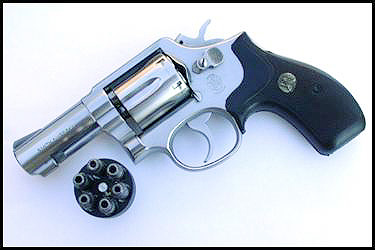
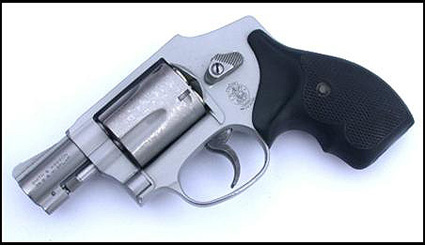
It remains my belief that the J-frame remains a fine choice for concealed carry or back up use. I’ve also found there to be significant differences in control and comfort depending upon the grips in a handgun this size. Hopefully, this article might be of use to someone fancying a J but wondering about grip selection for concealed carry or just more controllability.
Choose wisely.
Best.

Comments, suggestions, contributions? Contact me here